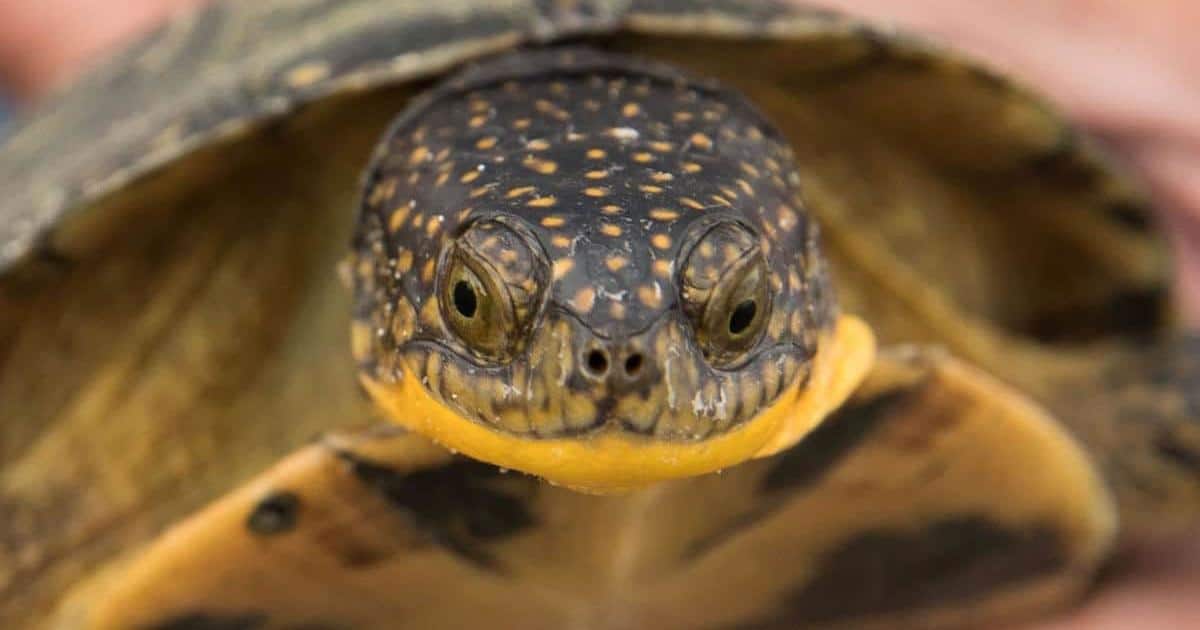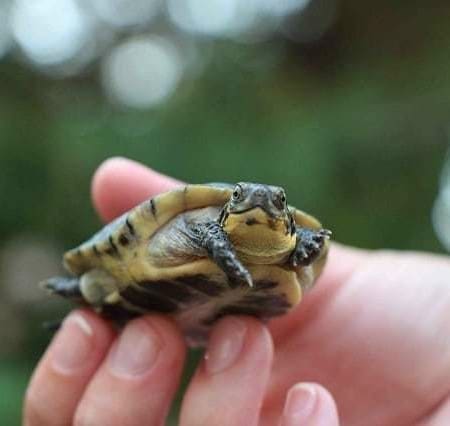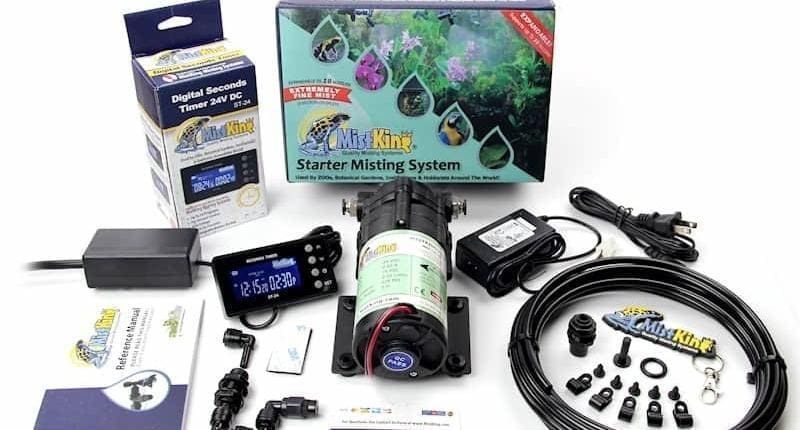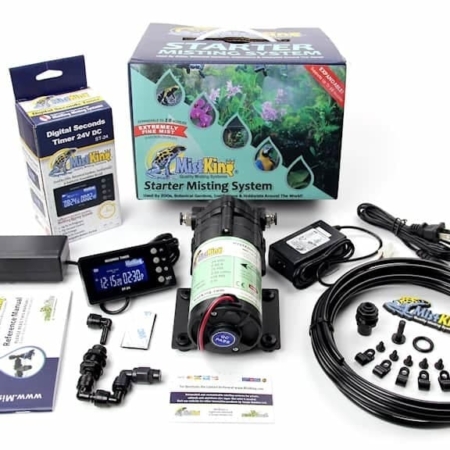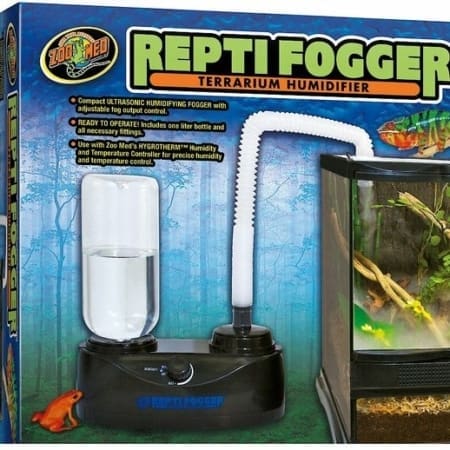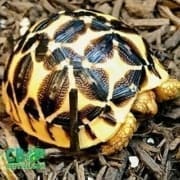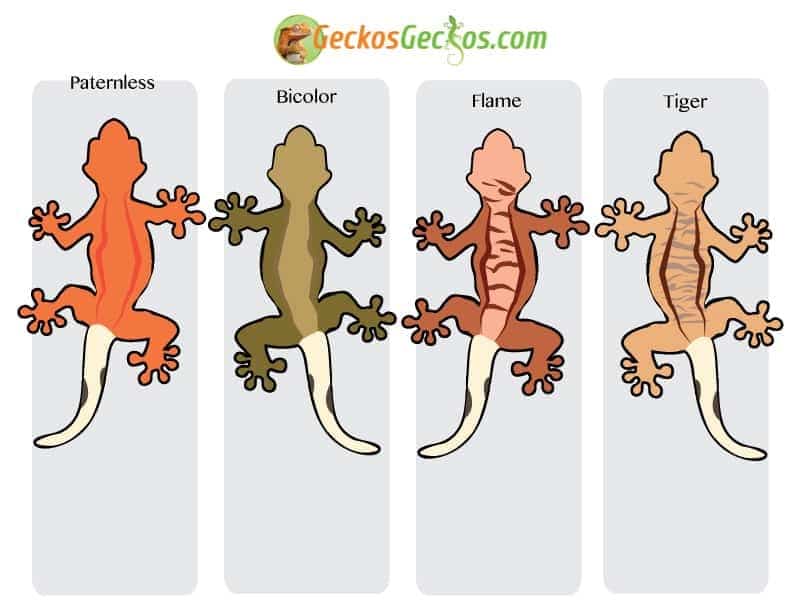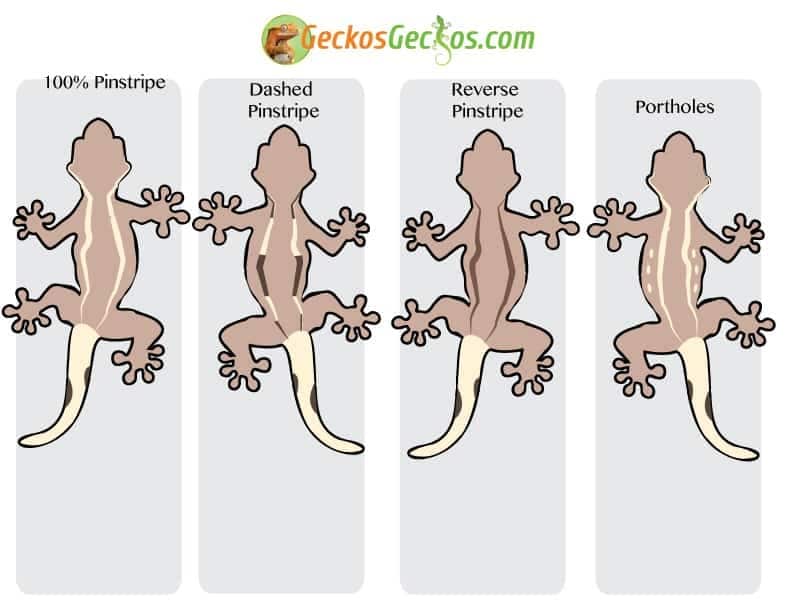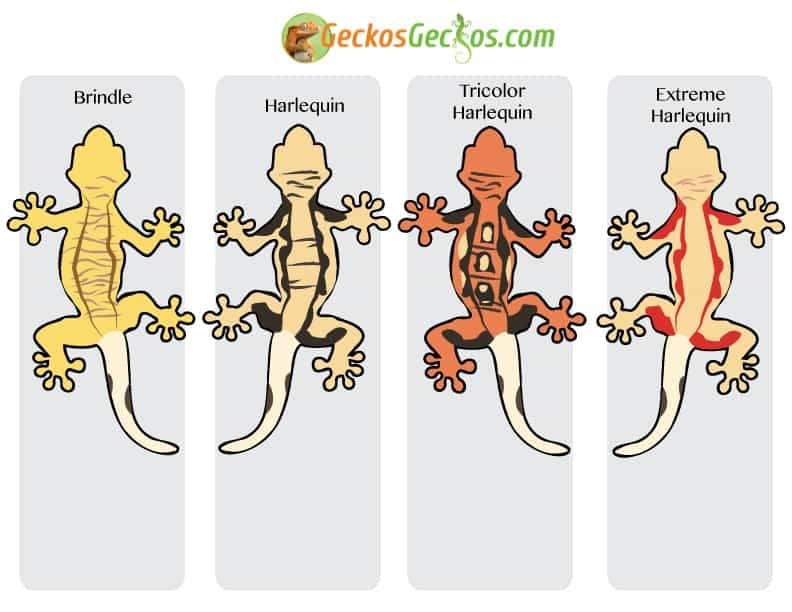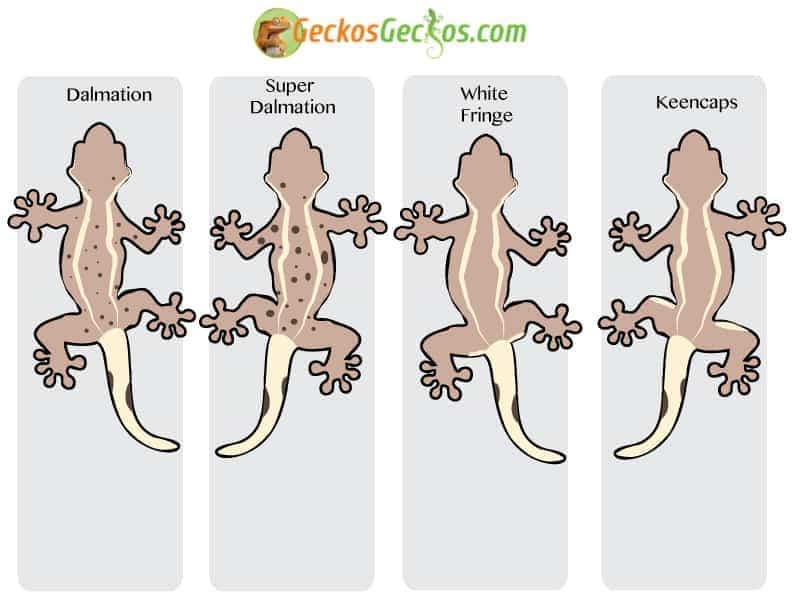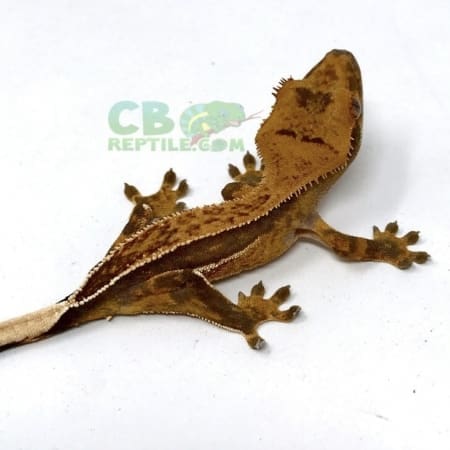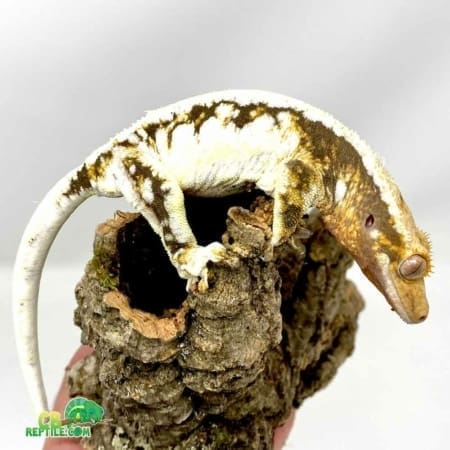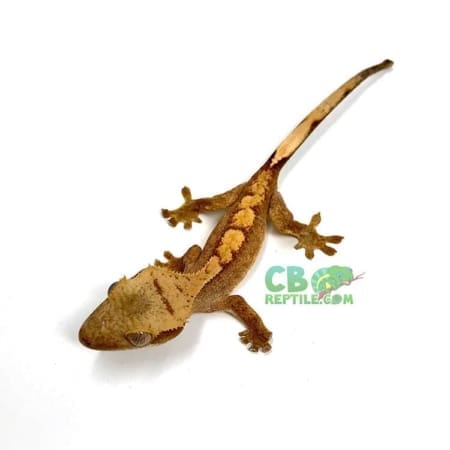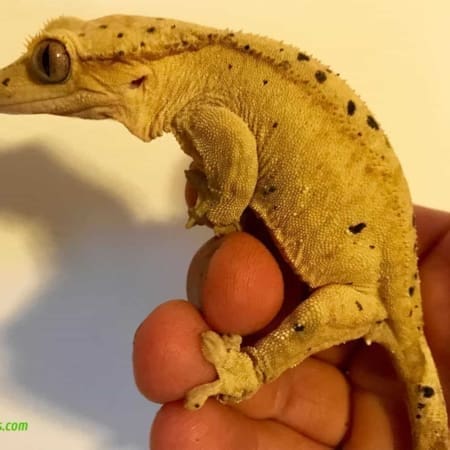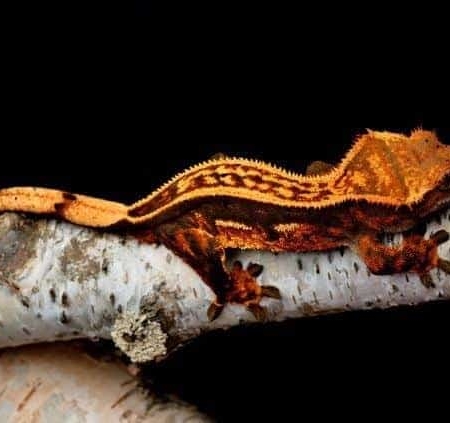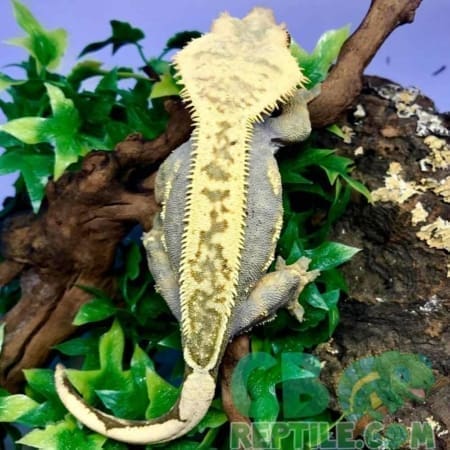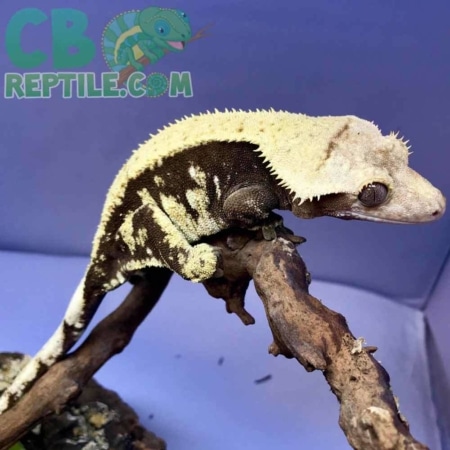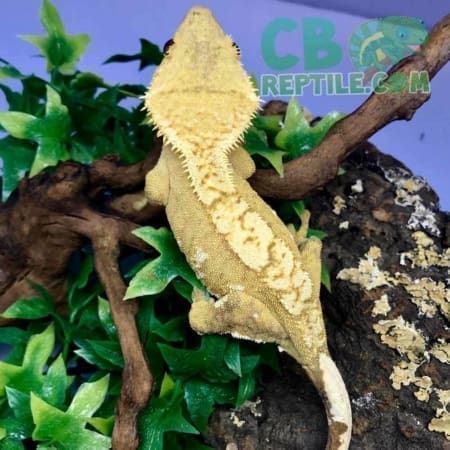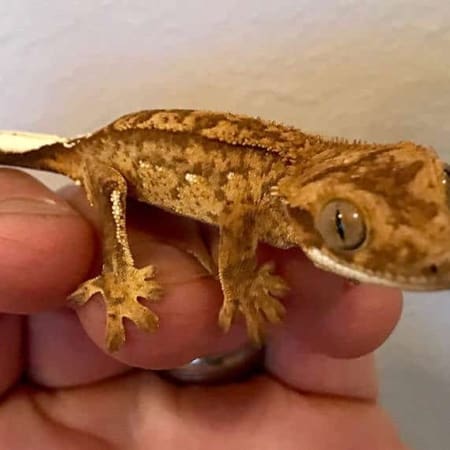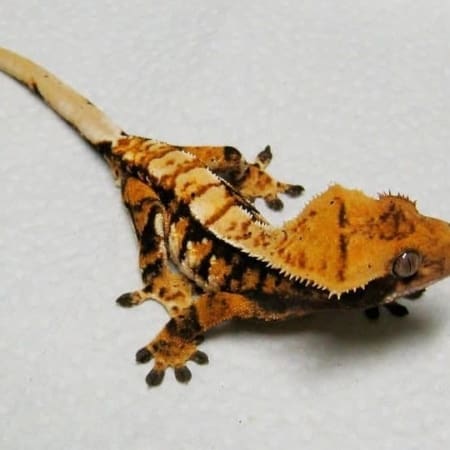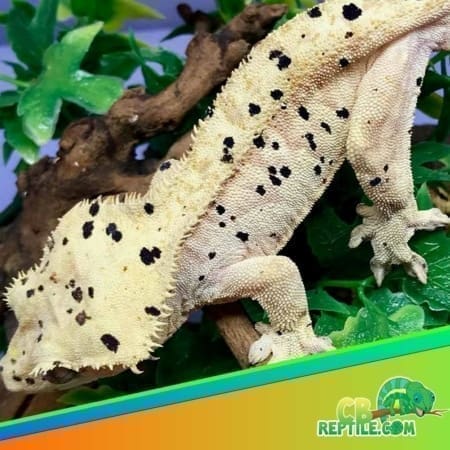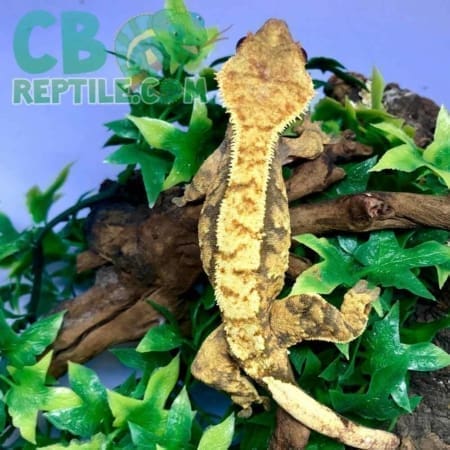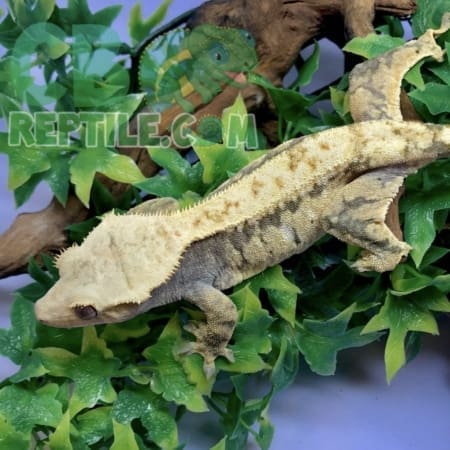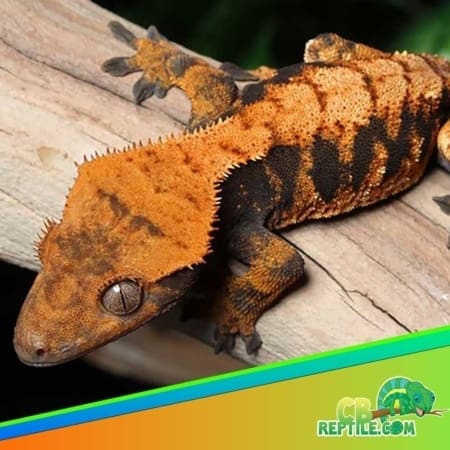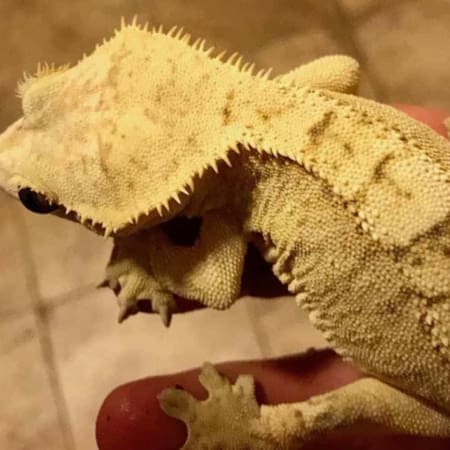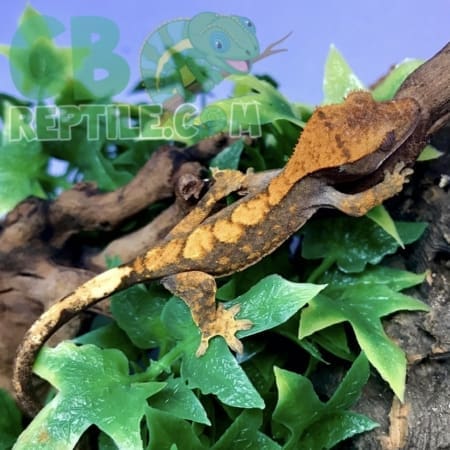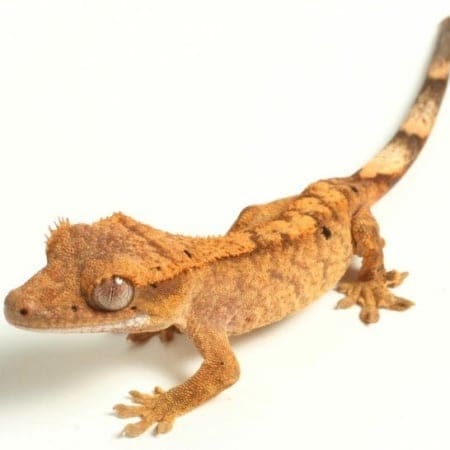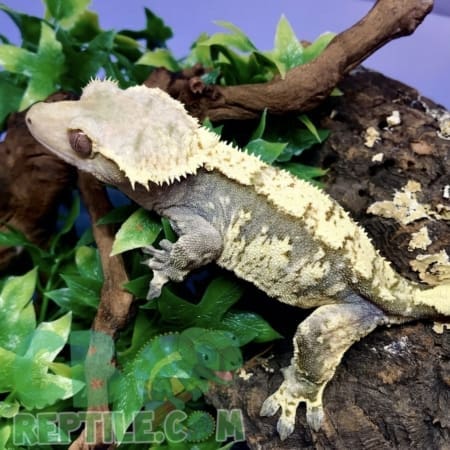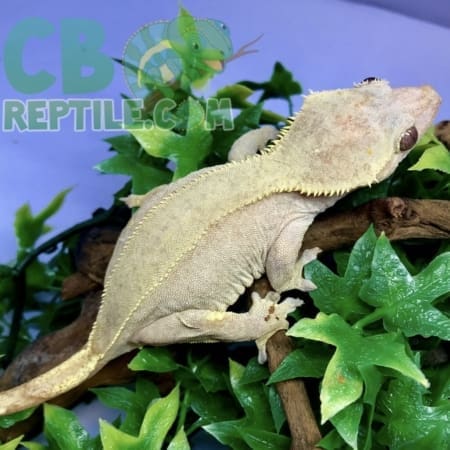Blanding's turtle for sale
Blanding’s turtles for sale
Blanding’s Turtles (Emydoidea blandingii)
Before purchasing a new baby blanding’s turtle for sale or a pair of blanding’s turtles for sale online, please do your research and make sure you ONLY purchase captive bred blanding’s turtle for sale or captive bred blandings turtles for sale. Known as “the turtle that smiles”, the Blanding’s turtle occurs in the northern most portions of the United States but also in Ontario and Nova Scotia. Disjunct populations in New York and New England are found while the main concentration of these turtles is located around the Great Lakes region. They are now listed under CITES ll and are considered threated or endangered in their native states. It is typically heavily protected and can no longer be legally exported. Road mortalities are this turtle’s biggest threat along with nest predation and over-collection for the black market pet trade. It is not legal to remove a Blanding’s turtle from the wild anywhere they occur. A cold hardy turtle, Blanding’s withstand harsh, long winters. Being subjected to these cold periods of dormancy allows them to successfully reproduce. It is highly recommended that these turtles be hibernated in captivity. Blanding’s turtles are medium to large sized as adults with males usually being a bit larger. A dark green to black carapace mottled with yellow spots, rays and flecks at a length of between 7 and 10 inches is typical. The carapace is also oval and features no flaring of the marginal scutes except in some males. The yellow plastron with a black blotch on each plate has a single hinge. This turtle is unique in having an extremely long neck much like a snake-neck turtle. They differ in that the head is not carried to the side but is held straight forward like other North American emydids. The head is somewhat flat with large “frog-like” eyes and the jaws reveal a big smile. The chin and throat are a bright yellow which can be spotted from a distance. The rest of the head and neck are dark with few if any markings. Sometimes, yellow flecks are found on the top of the head like on the carapace. The front limbs are dark with yellow scales and are equipped with large, sharp claws. Both the front and rear feet resemble those found on the box turtle which can sometimes confuse humans trying to identify them. The box turtle-like limbs and the hinged plastron make the Blanding’s turtle similar in appearance. Blanding’s however, cannot fully close up like the box turtle. Males exhibit a concave plastron, a longer, thicker tail a slight trapezoidal shape at times and may have a larger, broader head than females.
Emydoidea are found in highly vegetated, shallow water but are sometimes found in deep lakes. Farm ponds, wet meadows, marshes, bogs and even slow moving streams are inhabited. These turtles also move between bodies of water especially in the spring after hibernation, during nesting season and before hibernation in autumn. They are active from March until October with egg laying taking place in June. They hibernate under thick ice from November until March or April depending on the area. They are so cold tolerant that they can be seen slowly moving under the ice during the coldest of months.
Blanding’s Turtle for sale Availability of blanding’s turtles for sale online
Blanding’s turtles are not commonly available except in late summer-early fall when hatchlings have emerged. Adults are seldom seen for sale and fetch a very high price. Babies do well under captive conditions and may grow fast for the first 1 to 2 years before slowing down. The wild, this species can take up to 20 years to mature. In captivity this may happen much quicker but not as quickly as many other species. Beware of individuals offering Blanding’s turtles for sale in states where they are protected. This is an unfortunate and common practice which can lead to heavy fines or jail time as per the United States Fish and Wildlife Service. 100% legal and healthy Blanding’s hatchlings are available at Garden State Tortoise every fall. These babies are produced by our amazing adults, born right here.
Life Span
Emydoidea blandingii are known to be one of the longest lived of the turtles. In Michigan, studies taking place are showing that old adult turtles recorded in the 1970s are still producing fertile clutches of eggs today in 2013. Reports of turtles in their 80s and even 100s are not unheard of. They are highly adaptive and have voracious appetites.
Caging
Blanding’s turtles should only be housed indoors while they are young. A 20 gallon long aquarium will suffice for 1 to 3 hatchlings. A 40 gallon breeder is even better and Rubbermaid totes prove to be excellent enclosures as well. They are also easy to clean. Once the turtles are at a less vulnerable size (4” SCL or more) they can be moved outdoors. We recommend an outdoor, in-ground pond. These turtles need both swimming room and walking room. They will take to land more than often where they will continue foraging for food unlike other semi-aquatic turtles. Nesting females also require a large land area to search for an appropriate site for oviposition. A 30×30 foot pen with a 15×15 water area in it will suffice for a small group of adults (1.3 or 2.4). The walls of the pen must be secure to keep the turtles in. This means, they should be at least 18” high and dug into the ground by about 6”. The walls can be made out of pressure treated wood, cement blocking, landscaping timbers and other fencing materials. These turtles can climb well so be sure to take appropriate measures in preventing escapes. The water area should be made of 45 to 65 mil fish friendly, pond liner and must be more than 18” deep. This is where the turtles will spend the winter so an adequate depth is crucial to avoid a solid freeze. Be sure to gradually slope the pond basin when digging it so that the turtles can easily get in and out of the water. The deepest part should be in the middle. Aquatic and land vegetation is an absolute must. Water hyacinth, water lettuce, lotus, various lilies, iris, cattails, frog bit and anacharis are all excellent choices for the pond itself. The turtles will greatly appreciate these items by hiding in them and searching for food. The land area can be planted with many different low lying shrubs, grasses and flowering plants. In the summer months, the turtles will leave the pond at times to hide under the foliage to escape the extreme heat and warming water. A gravel or sandy area should also be provided for the females to lay their eggs. This area should have little cover. Logs, drift wood or planking can be added to the water area as basking platforms. Avoid using too many rocks because they can be abrasive to the turtles’ plastrons. Filtration of the pond is optional. We prefer to use as many live plants as possible because they naturally filter the water. A peat based bottom is provided in which the plants are able to root in and grow. In combination with over flowing the pond bi-weekly, the plants help to keep the water in good condition.
Lighting, Temperature and Humidity
Natural sunlight is of course unbeatable and even baby Blanding’s turtles should receive at least some outdoor time in predator protected units. However, there are several lighting options for keeping them inside. Mercury vapor bulbs, daylight spot bulbs, infrared bulbs and fluorescent tube lights are all available to keepers today. We prefer Mercury vapor bulbs which provide both UVA and UVB to the turtles. 100-150 watt bulbs over a dry basking area of drift wood or cork bark do the trick. Do not use aquarium water heaters with Blanding’s turtles. They must be kept in cooler water no higher than 70-75F. They do not care for excess heat and temperatures can drop well into the low 60s and high 50s during the night with no additional heating requirements needed. The lights should be turned on in the morning and left on for 12 to 14 hours. It’s important to turn them off at night so that the turtles are exposed to a more natural, daily cycle like they would experience outdoors.
Substrate
Indoors, I prefer to not use any substrate simply because without it, the enclosures are much easier to clean. I especially like to do this because I do not use filters. Instead, I choose to do frequent water changes with Blanding’s turtles. If you would like to use a substrate, pea gravel is a good option. Outdoors, the pond area should have a 12-24” layer of peat and mud for the turtles to burrow into and for the plants to take root in. Allow leaves to collect in the pond during the fall because they will aid the turtles in hunkering down for hibernation.
Food
Emydoidea blandingii are vigorous feeders. They accept a wide variety of items and are very carnivorous. I have only once witnessed a specimen attempt to eat something that was not “meat”. This was a strawberry and perhaps the turtle thought it was meat because of the red coloration. Baby Blanding’s will accept any of the commercial turtle pellets available in time. Adults prefer fish, frogs, tadpoles, mice, beef heart, chicken parts, crayfish and other animal matter. We have success feeding our adults pinky mice (occasionally whole, adult mice), young bull and green frogs, beef heart, chicken hearts, gizzards and livers, smelt, silversides, tilapia, killies and frozen/thawed crayfish. We also offer them wet dog food but only brands that use whole/natural ingredients. Blandingii are comical and aggressive when feeding and will follow you around on sight in hopes that you have something for them!
Be careful to not over-feed. They will eat and eat and eat. They are known to stuff themselves to the point of regurgitation.
Blanding’s turtle Temperament
This is an extremely responsive species. They will quickly associate their keepers as a food source which prompts an aggressive response. Our Blanding’s turtles will notice us from a distance and will actively move toward us. They will swim powerfully, climbing out of the water almost agilely to get to a potential food item. They learn to lose their fear of humans rather swiftly. They are a very rewarding turtle to work with to say the least.
Reproduction and Breeding
Like North American wood turtles, Blanding’s turtles have two peaks in breeding behavior. Early autumn and spring seem to hold the highest frequency of mating activity. Mating takes place in an aquatic setting and rarely occurs on land except for when the female hauls the male out of the water while he is latched onto her. The male will climb on top of the female and grasp the front end of her carapace with his strong claws. He then snakes his head downward in front of hers while moving it from side to side. If the female accepts, he will begin successful copulation with her. They may remain together, floating at the surface or fully submerged for some time. In late May, female Blanding’s turtles become restless, may accept less food or stop eating completely. As June sets in, they will pace relentlessly in search of a nesting site. On a warm night, many times after a rain shower or thunder storm, the females will usually select a spot to dig a nest. Nesting may commence between the hours of 6 and 9 pm but I have experienced even later attempts, sometimes as late as 12 am. Gravel based or sandy slopes and dunes are hotly contested as are dirt paths and roadways. As the sun goes down, the female Blanding’s turtle will use her hind legs to dig a flask shaped nest in the earth. She will deposit between 6 and up to 20 eggs in the nest before covering it up. She may use debris to help disguise the nest site from predators. The whole process can take more than two hours depending on the individual turtle. Once completed, she makes the dangerous trek back to her watery home. At Garden State Tortoise we artificially incubate our Blanding’s turtle eggs as with all species bred here. They are placed in deli cup containers on moistened vermiculite. The deli cups (with a few small air holes punched in them) are then put in an incubator set at between 84 and 86F. Emydoidea in our care tend to hatch rather fast at between 45 and 60 days. Upon hatching, the babies are left in the containers inside the incubators until they have fully absorbed their yolk sacs. They are then taken to their rearing enclosures where they begin normal daily routines and experience care in captivity. They may not accept food for up to 10 days after hatching.
This valuable blanding’s turtle Information provided with consent from Chris Leone of Garden State Tortoise LLC
Reptile Misting System for sale
Reptile Misting Systems
We offer a full line of reptile misting systems for sale online. We highly recommend the Mist King and Mist King Pro reptile misting system for anyone looking for a chameleon misting system, whether it be a panther chameleon misting system, a veiled chameleon misting system, a tree frog misting system or poison dark frog misting system for sale etc. The Mist king is by far and away the best reptile misting system for sale in the world.
Chameleon misting systems for sale are available from quite a few different manufacturers, however there is only one Panther Chameleon misting system for sale that we recommend and that is the Mist King and Mist King pro.
Privacy Policy
CBReptile.com Privacy Policy
This privacy policy has been compiled to better serve those who are concerned with how their ‘Personally identifiable information’ (PII) is being used online. PII, as used in US privacy law and information security, is information that can be used on its own or with other information to identify, contact, or locate a single person, or to identify an individual in context. Please read our privacy policy carefully to get a clear understanding of how we collect, use, protect or otherwise handle your Personally Identifiable Information in accordance with our website.
What personal information do we collect from the people that visit our blog, website or app?
When ordering or registering on our site, as appropriate, you may be asked to enter your name, email address, mailing address, phone number, credit card information or other details to help you with your experience.
When do we collect information?
We collect information from you when you place an order, subscribe to a newsletter or enter information on our site.
How do we use your information?
We may use the information we collect from you when you register, make a purchase, sign up for our newsletter, respond to a survey or marketing communication, surf the website, or use certain other site features in the following ways:
• To quickly process your transactions.
How do we protect visitor information?
Our website is scanned on a regular basis for security holes and known vulnerabilities in order to make your visit to our site as safe as possible.
We use regular Malware Scanning.
Your personal information is contained behind secured networks and is only accessible by a limited number of persons who have special access rights to such systems, and are required to keep the information confidential. In addition, all sensitive/credit information you supply is encrypted via Secure Socket Layer (SSL) technology.
We implement a variety of security measures when a user places an order to maintain the safety of your personal information.
All transactions are processed through a gateway provider and are not stored or processed on our servers.
Do we use ‘cookies’?
We do not use cookies for tracking purposes
You can choose to have your computer warn you each time a cookie is being sent, or you can choose to turn off all cookies. You do this through your browser (like Internet Explorer) settings. Each browser is a little different, so look at your browser’s Help menu to learn the correct way to modify your cookies.
If you disable cookies off, some features will be disabled that make your site experience more efficient and some of our services will not function properly.
However, you can still place orders .
Third-party disclosure
We do not sell, trade, or otherwise transfer to outside parties your personally identifiable information unless we provide users with advance notice. This does not include website hosting partners and other parties who assist us in operating our website, conducting our business, or serving our users, so long as those parties agree to keep this information confidential. We may also release information when it’s release is appropriate to comply with the law, enforce our site policies, or protect ours or others’ rights, property, or safety.
However, non-personally identifiable visitor information may be provided to other parties for marketing, advertising, or other uses.
Third-party links
Occasionally, at our discretion, we may include or offer third-party products or services on our website. These third-party sites have separate and independent privacy policies. We therefore have no responsibility or liability for the content and activities of these linked sites. Nonetheless, we seek to protect the integrity of our site and welcome any feedback about these sites.
COPPA (Children Online Privacy Protection Act)
When it comes to the collection of personal information from children under 13, the Children’s Online Privacy Protection Act (COPPA) puts parents in control. The Federal Trade Commission, the nation’s consumer protection agency, enforces the COPPA Rule, which spells out what operators of websites and online services must do to protect children’s privacy and safety online.
We do not specifically market to children under 13.
CAN SPAM Act
The CAN-SPAM Act is a law that sets the rules for commercial email, establishes requirements for commercial messages, gives recipients the right to have emails stopped from being sent to them, and spells out tough penalties for violations.
We collect your email address in order to:
• Send information, respond to inquiries, and/or other requests or questions.
To be in accordance with CANSPAM we agree to the following:
• NOT use false or misleading subjects or email addresses. • Identify the message as an advertisement in some reasonable way. • Include the physical address of our business or site headquarters. • Monitor third-party email marketing services for compliance, if one is used. • Honor opt-out/unsubscribe requests quickly.
If at any time you would like to unsubscribe from receiving future emails, you can email us at and we will promptly remove you from ALL correspondence.
Contacting Us
If there are any questions regarding this privacy policy you may contact us using the information below.
CBReptile.com
Next Generation Enterprises
172 South New York Road, Galloway , NJ, 08205
Galloway, NJ 08205 USA
(609)408-8783
Refund Policy
CBReptile.com offers a guaranteed healthy arrival on all of our reptiles for sale, including box turtles for sale, tortoises for sale, geckos for sale including but not limited to leopard geckos for sale, gargoyle geckos for sale and crested geckos for sale. We also offer a fantastic selection of panther chameleons for sale as well as many other reptiles for sale online.Save
We also offer a 30 day store credit or refund on all non opened/non tortoise purchases (food, supplies, etc.)
If your animal arrives and is not alive and healthy, we require that you notify us within 24 hours of it’s arrival in order to receive our healthy arrival guarantee. If the animal passes within the first 7 days of arrival, we will gladly replace the animal immediately, minus the cost of shipping.
Crested Gecko Morphs
From Flame crested geckos for sale to Harlequin crested geckos for sale and everything in between, Crested Gecko Color Morphs are a thing of beauty. Below we will explain some of the main colors/morphs of the crested gecko species.
Crested Geckos have a very wide range of color, pattern and traits with a seemingly endless possibility of combinations that opens the doorway for serious breeders to an excitingly beautiful world of Morphs. Crested geckos are relatively new when it comes to the animal world, only being rediscovered no more than 20 years ago after being thought extinct. This has not allowed scientists the time needed to prove out any traits so when it comes to crested geckos, traits are not genetically connected to the morphs. Once they are it is possible many things will change but until then we try to maintain a logical approach and come to a universal standard that can be accepted by a majority of the gecko community. Dedicated breeders have a very good idea what they can produce and which traits seem to breed true.

